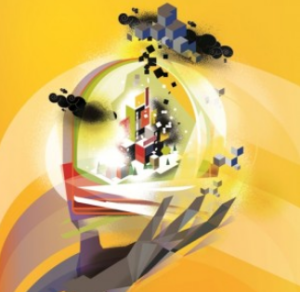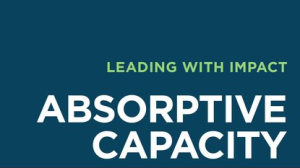 I have been recently revisiting Everett Roger’s work on diffusion and adoptions recently for providing us with a better place for engagement in innovation approaches.
I have been recently revisiting Everett Roger’s work on diffusion and adoptions recently for providing us with a better place for engagement in innovation approaches.
I’ve been evaluating if it has the same relevance in my mind in our more connected world, where speed, knowledge and exchanges are measured in microseconds.
This reminded me of a suggestion I made some time back and I thought I’d ‘air’ this again for engaging with others.
We constantly fall into the trap of not providing our listeners enough of a reason to ‘buy into’ our thoughts. We forget to either pitch it to their mental framework or we do not provide a set of compelling arguments that allows our idea a mutual recognition of its value or structure, to take it forward and transform it into something tangible and valuable.
I think using Rogers’s rate of diffusion principles you can end up offering a fairly powerful positioning statement.








